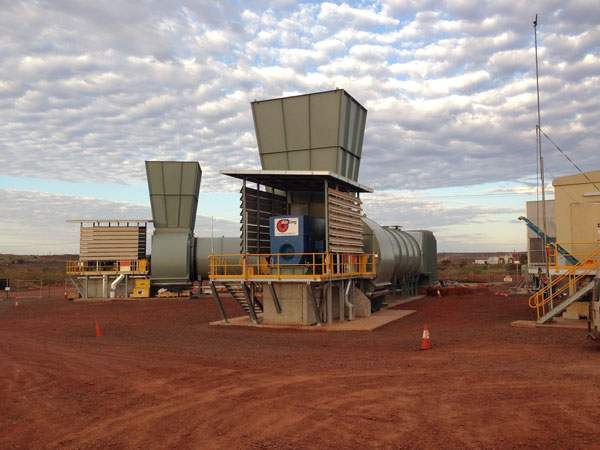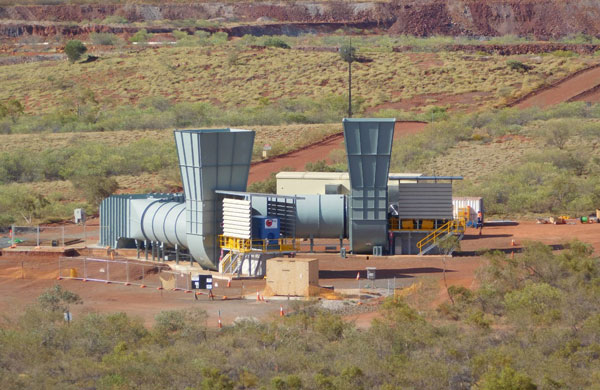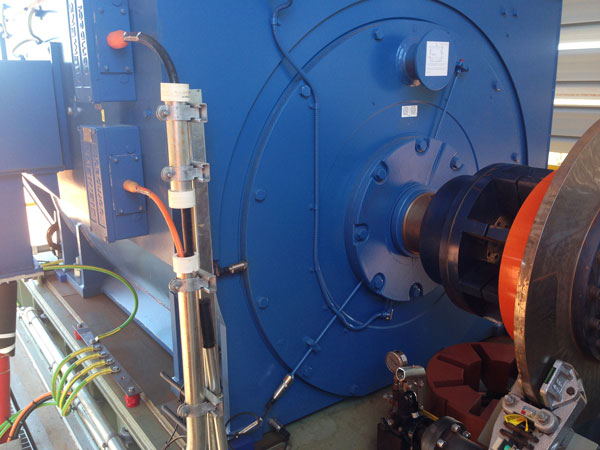Drive reliability and reduce maintenance costs
Maintenance is most costly when it is unexpected. For a major mining operation, a sudden, unplanned breakdown of the equipment can cost over US$1 million/hr in lost productivity if work must come to a halt while the problem is attempted to be identified and fixed. Remote vibration and temperature monitoring not only helps prevent this worst-case scenario, but also reduces overall maintenance requirements under normal operating conditions.
Vibration and temperature monitoring
All industrial fans have a baseline level of vibration and temperature at which they normally run-up, run-down, and operate. These baselines vary by industry and are defined by ISO. The mining industry, in particular, requires relatively low setpoints for vibration.
While some fluctuation in vibration and temperature is normal and isolated spikes may not be cause for concern, sustained changes to the baseline are often the first indication of a potential problem. For example, excess moisture and heavy, uneven dust loads on the fan impeller will gradually increase vibration, reducing efficiency and eventually leading to premature fan wear or unexpected failure. Remote monitoring proactively identifies the upward trend in vibration so that it can be investigated and resolved before major damage can occur.
In order to do this, vibration and temperature sensors are installed at the fan shaft and bearings to monitor for changes, and alarm thresholds are set to trigger alerts (for example, a text message to an operator’s phone) if the temperature or vibration levels exceed the defined thresholds. Personnel can then follow up on the alert to quickly diagnose and resolve the issue before it escalates into a bigger problem. This is one example of predictive maintenance.
Remote monitoring enables predictive maintenance and overall equipment effectiveness
While preventative maintenance plans rely on regular, scheduled maintenance, predictive maintenance uses real-time data from the equipment itself to reliably predict and prevent major problems that can lead to costly unplanned downtime. Predictive maintenance also eliminates human error in capturing or interpreting the data, in order to reduce the risk of expensive mistakes.
Beyond providing real-time visibility and enabling immediate intervention, remote monitoring also allows users to track trends over time, in order to continuously improve the efficiency of their operations. For example, with data captured via remote sensors, users can measure and improve overall equipment effectiveness, which is the calculation of total availability, performance, and production quality.
Overall, remote condition monitoring and predictive maintenance enables users to be proactive rather than reactive. This ultimately reduces overall maintenance requirements and can help users achieve 98% equipment reliability, with shutdowns only occurring in instances of planned maintenance.



